Księży Młyn
more than a year agoKsięży Młyn was first mentioned in 1484 in reference to a mill built on the Jasien River in 1387. Passing from family to family the site grew in size over the years until the invading Prussians commandeered it in 1793. The original complex was burnt to the ground on May 9, 1822 and three years later the property was officially incorporated into the Łódka settlement. The same year the Polish cotton-spinning specialist Krystian Wendisch began building a new mill on the site, which was by this time a two-kilometre street called Przędzalniana (Spinning Mill Street), on what’s now ul. Tymienieckiego. The mill was the biggest in the area, comprising three storeys, 70 metres long, 17 metres wide, and with 25 windows along the front, and used water from the Jasien River to power the cotton spinning machines. In 1830 Wendisch died, the mill was handed over to the state, and operated for a further 12 years until modern steam-powered competition forced it to close.
Three years later Karol Moes, who would later go on to become one of the city’s leading industrialists, turned the mill into a cloth factory, switching to steam in 1854. The American Civil War brought about an interruption in cotton imports and Poland’s textile industry was in crisis during the years between 1861-64, and again the factory closed. Reopened once more in 1868 by Teodor Krusche, the mill burnt down again in 1870.
Meanwhile in 1854 the 28-year-old Belgian-German Karol Scheibler arrived in Łódź. From a wealthy family who made their fortune in cloth, Scheibler opened a modern factory and was soon leaving the competition behind. In October 1870 Scheibler bought Moes’ burnt-out mill for 40,000 rubles and began radically transforming what was by now a 500ha area. Here Scheibler built not only mills, including the monster four-storey Pfaffendorf complete with 1,200 looms and 70,000 spindles and a weaving plant, but an entire gasworks to light his factories and the neighbouring workers’ houses too - the first private gasworks in the city. In 1878 Scheibler added a direct train connection with the city’s main train station and a number of warehouses. By now the southern end of the complex was known as Manufaktura Księży Młyn. In 1874 tragedy struck again, and the main mill burnt down. Not discouraged, Scheibler invested even more money into what was turning rapidly into an entire city within the city. In 1875, Scheibler’s daughter married Edward Herbst, and the young couple moved into the adjoining Italian renaissance-style Księży Młyn Residence. In the same year Scheibler added several two-story houses for his workers and opened a school for their children. At the height of its existence in 1879, Łódź’s Księży Młyn included all of the above plus more residential buildings and a wall around the entire complex that was locked at night.
In 1881 Karol Scheibler died. Księży Młyn continued to grow, with the opening of a hospital (again another first, this being the first factory hospital in Poland), and on June 20, 1884, Łódź’s first voluntary fire brigade unit was founded inside Scheibler’s factory. WWII destroyed most of Księży Młyn, although some of it survived, including a street of original worker’s tenements and the original Residence - today home to the Herbst Palace Museum.


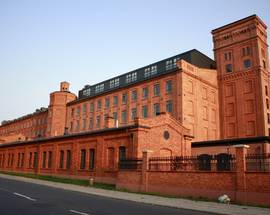
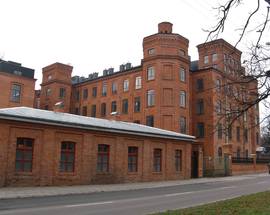
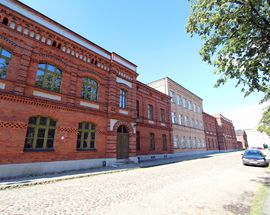
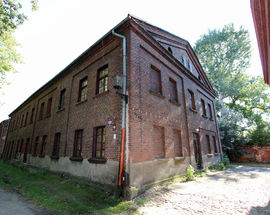

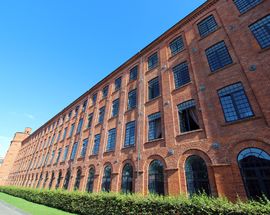
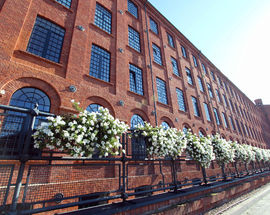
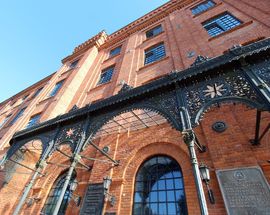
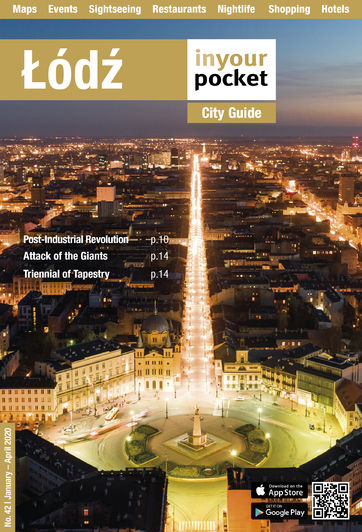


Comments